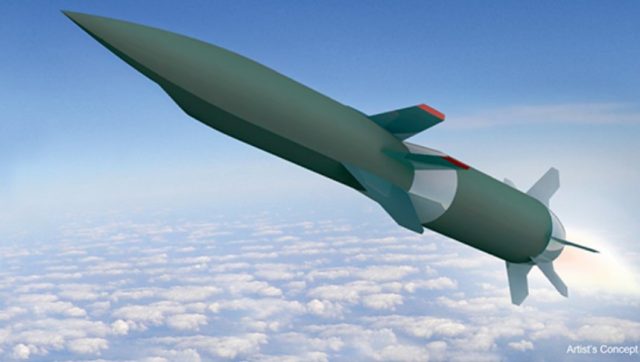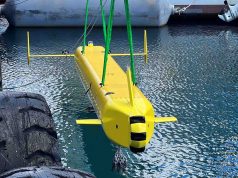The US Defense Advanced Research Project Agency (DARPA) and the US Air Force announced they have successfully completed captive carry tests of two variants of the Hypersonic Air-breathing Weapon Concept (HAWC).
This means that the weapons are now ready to proceed to first free-flight testing within the calendar year, DARPA said.
HAWC is being undertaken by DARPA and the air force with the aim of developing and demonstrating critical technologies that would enable an effective and affordable air-launched hypersonic cruise missile.
The two HAWC variants were designed and developed by Lockheed Martin and Raytheon Technologies. Both companies have tested advanced air vehicle configurations that promise to achieve and sustain efficient hypersonic flight.
Their upcoming flight tests will focus on hydrocarbon scramjet-powered propulsion and thermal management techniques to enable prolonged hypersonic cruise, in addition to affordable system designs and manufacturing approaches.
“Completing the captive carry series of tests demonstrates both HAWC designs are ready for free flight,” said Andrew “Tippy” Knoedler, HAWC program manager in DARPA’s Tactical Technology Office. “These tests provide us a large measure of confidence – already well informed by years of simulation and wind tunnel work – that gives us faith the unique design path we embarked on will provide unmatched capability to US forces.”
HAWC is not the only hypersonic weapon development program currently being undertaken by the Pentagon. More recently, the Air Force issued a separate solicitation for another hypersonic weapon called Mayhem. Also powered by an air-breathing scramjet engine, it is envisioned as being capable of carrying larger payloads over distances further than current hypersonic capabilities allow. Mayhem modular payload is expected to be capable of carrying/delivering at least three distinct payloads.



























